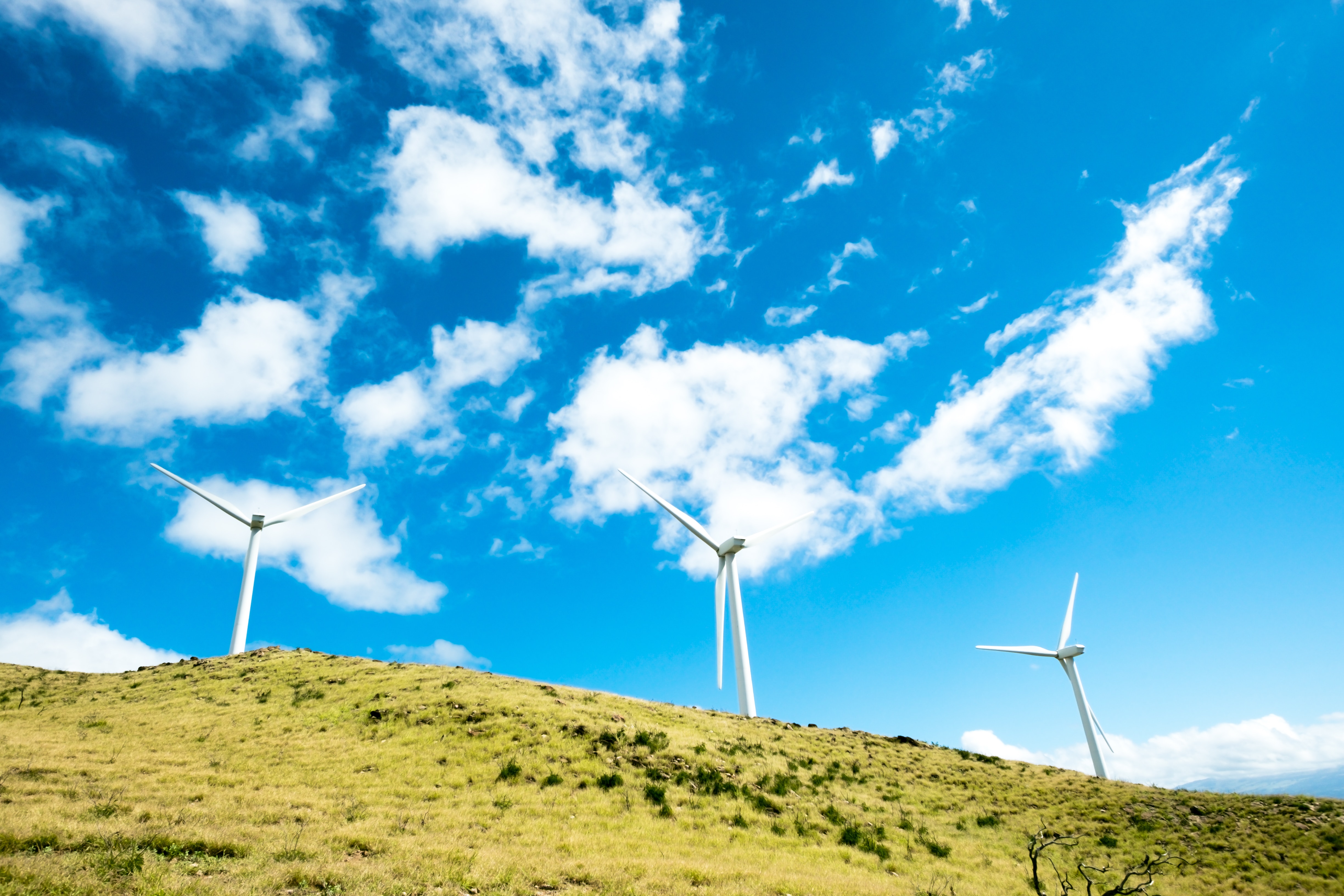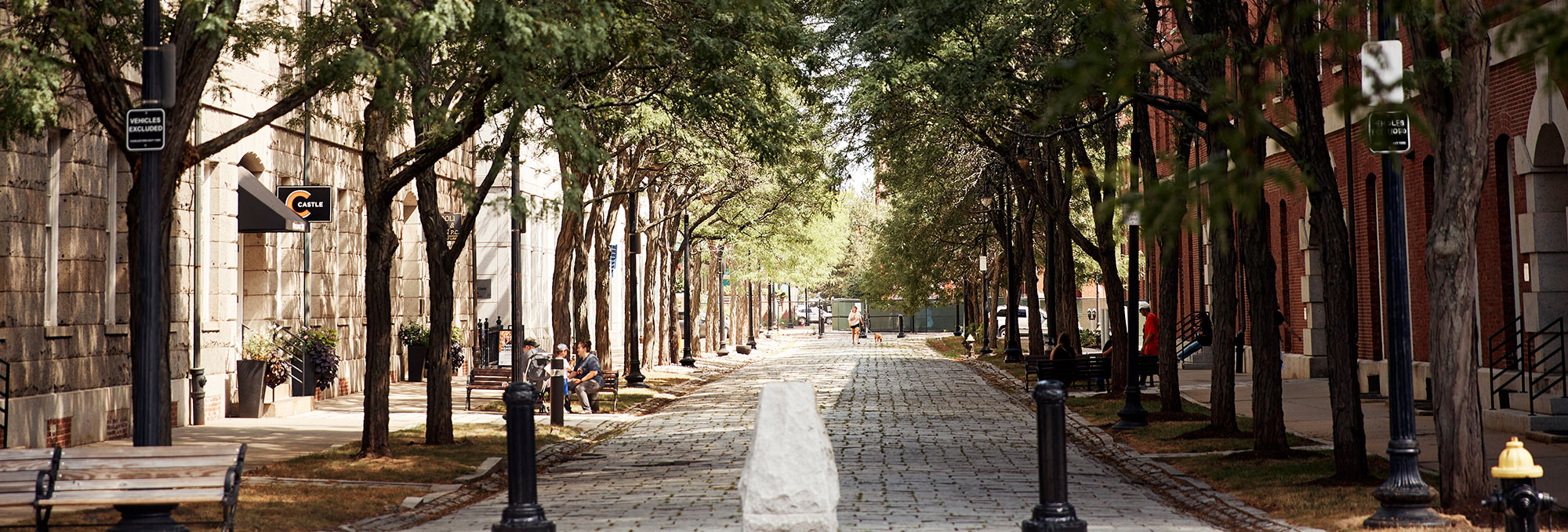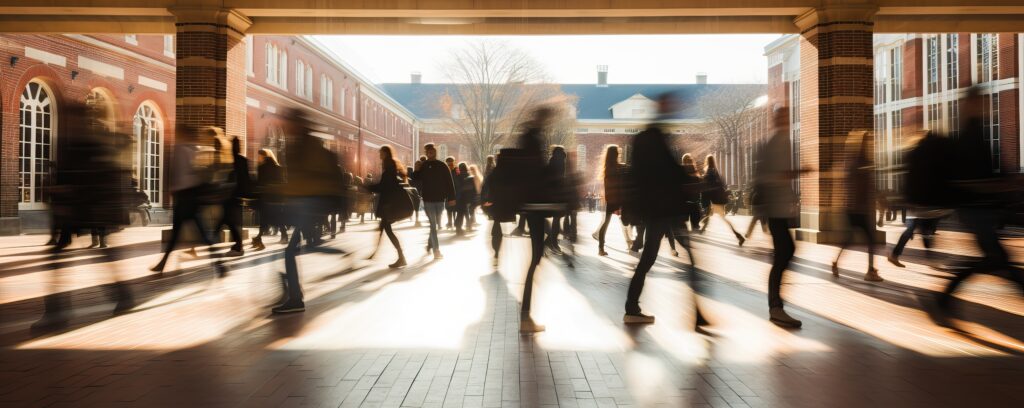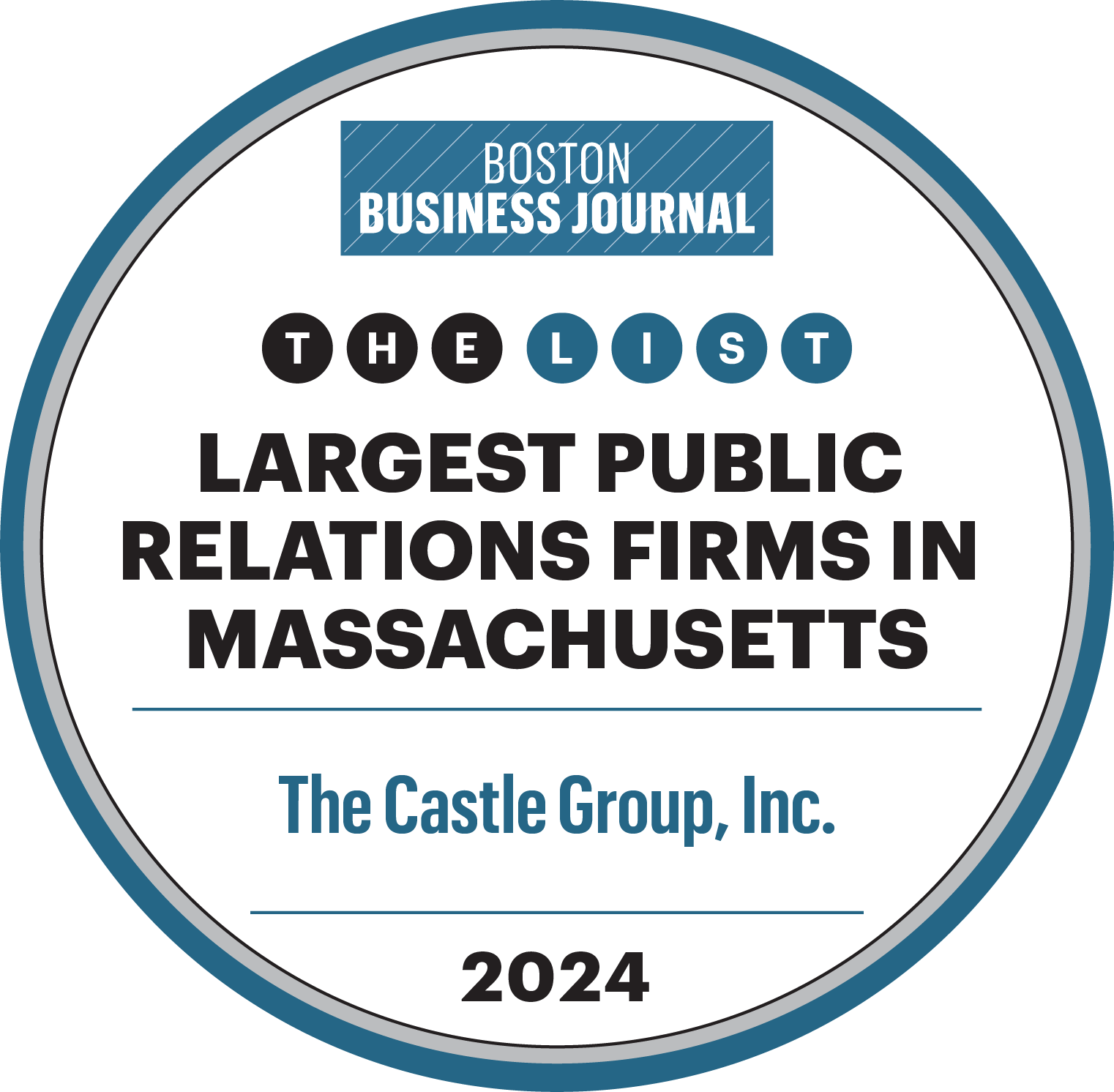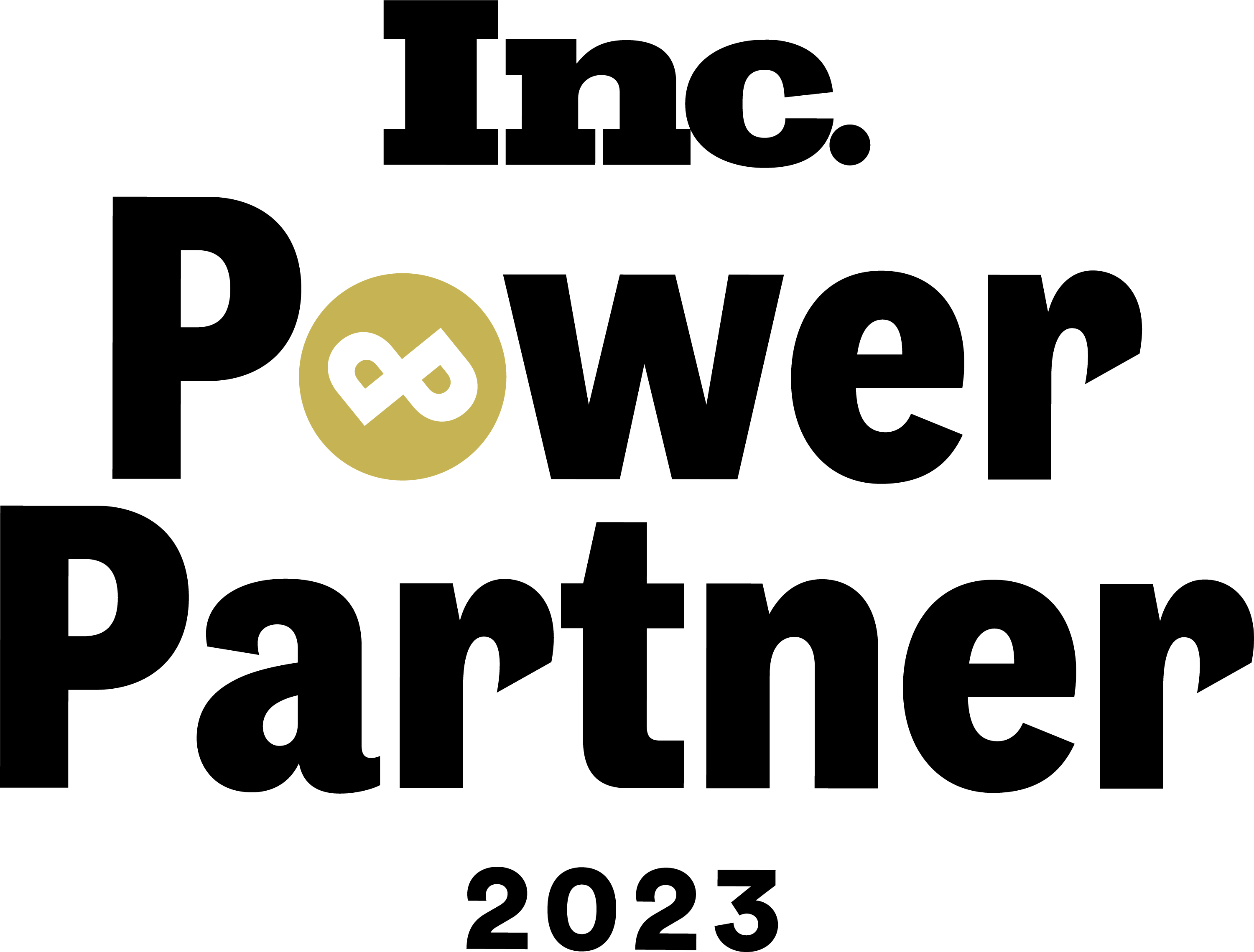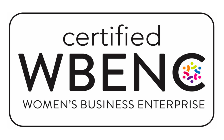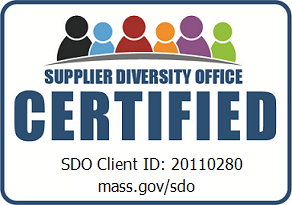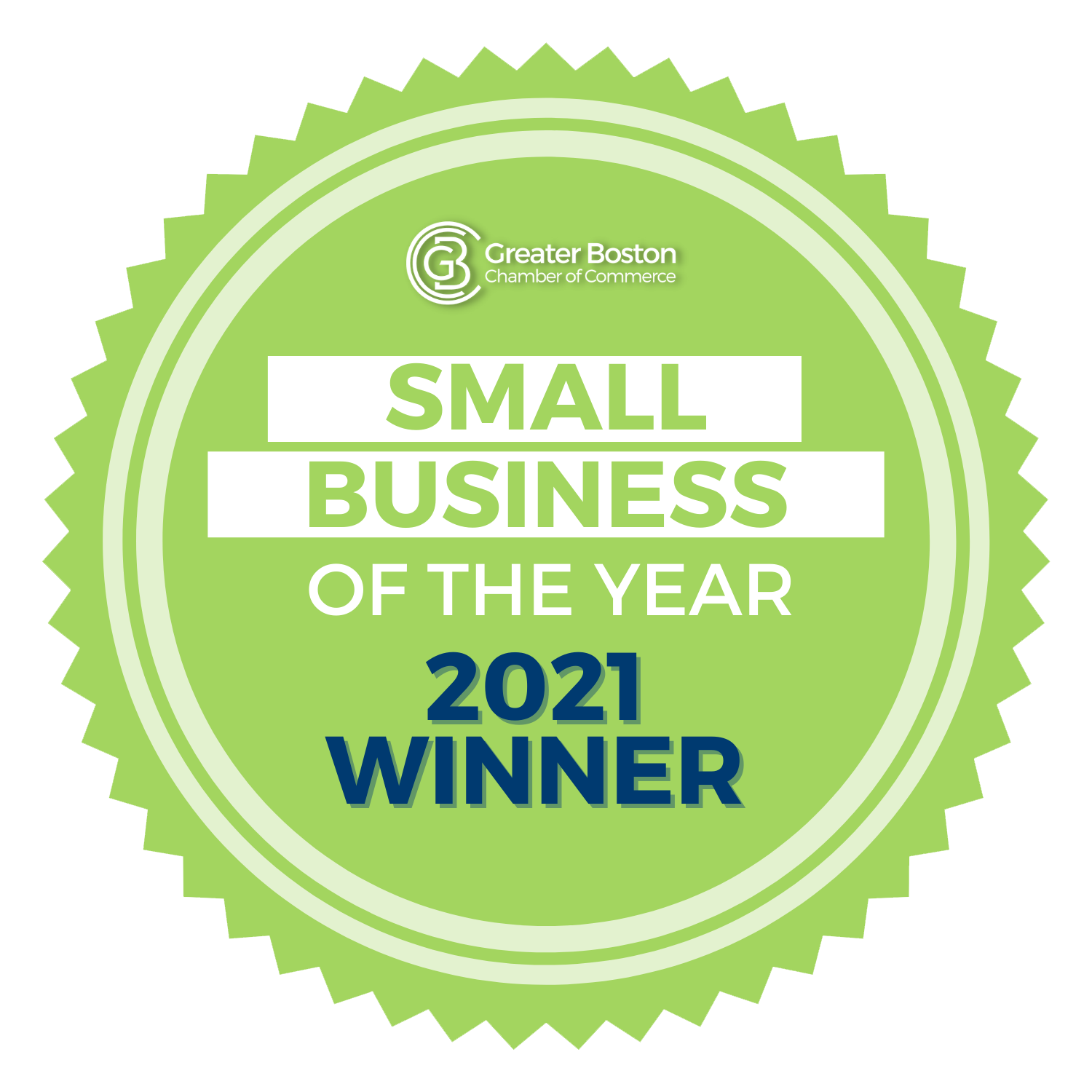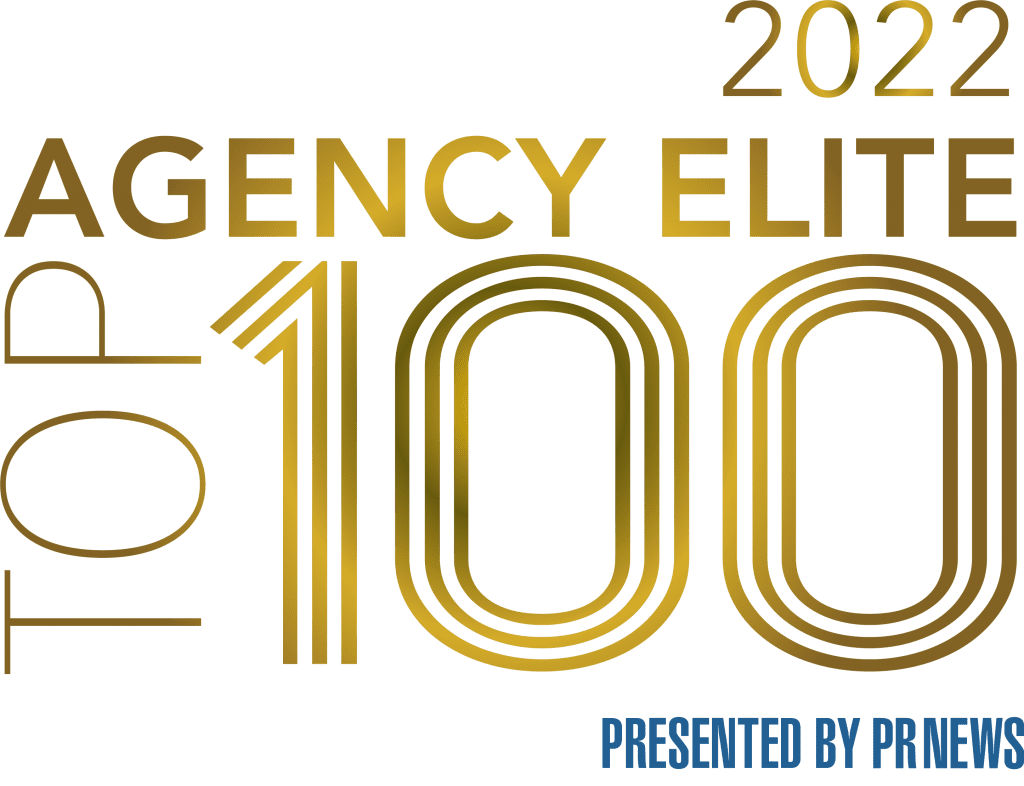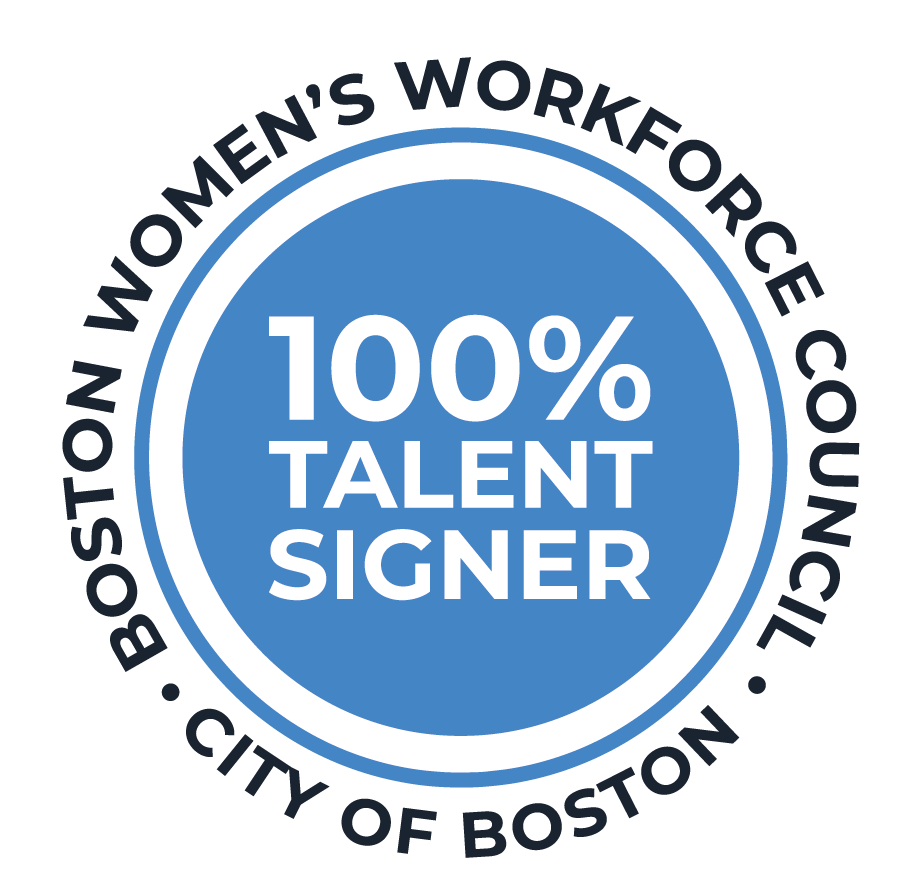Last year, Maui, Hawaii welcomed nearly 3 million visitors to the island (for perspective, this is compared to approximately 155,000 residents) and it appears that the number will continue to rise, fueled in part by the increased number of flights and air carriers into the market (i.e. Southwest Airlines), additional international audiences, and a continued interest in the unspoiled natural beauty that Maui has to offer. For an economy that thrives on tourism, this sounds like great news, but the long-term implications of increased (or even stable) visitor traffic on the environment, is much less well known. In a day and age when travel has become so accessible and social media shares the allure of the perfect trip, how does a popular tourist destination manage the impact of tourism on its natural resources, the very thing that people are there to visit?
Moving to Hawaii and operating Castle Maui has raised my awareness of the importance of sustainable tourism. I was shocked to learn that Hawaii is referred to as the “Endangered Species Capital of the World,” with more endangered species than anywhere on the planet. Undoubtedly, tourist activity has a negative effect on Hawaii’s fragile ecosystem, making the stakes that much higher to find earth-friendly solutions.
As event professionals and members of the MICE (meetings, incentives, conferences and exhibitions) community, our business involves planning and operating events in Hawaii and other destinations around the world. Therefore, we are important stakeholders in the tourism industry and share in the responsibility of encouraging and promoting best practices in sustainable event management. We must be just as passionate in planning for the planet as we are in planning an event program.
It is a delicate balance between promotion and preservation. Luckily, in Hawaii, the responsible stewardship of the ‘āina (land) is an important topic of discussion and in action for the community and government. And, for our part, seeking balance and finding solutions is what event managers do best, so with a little effort we can make big strides towards a greener industry.
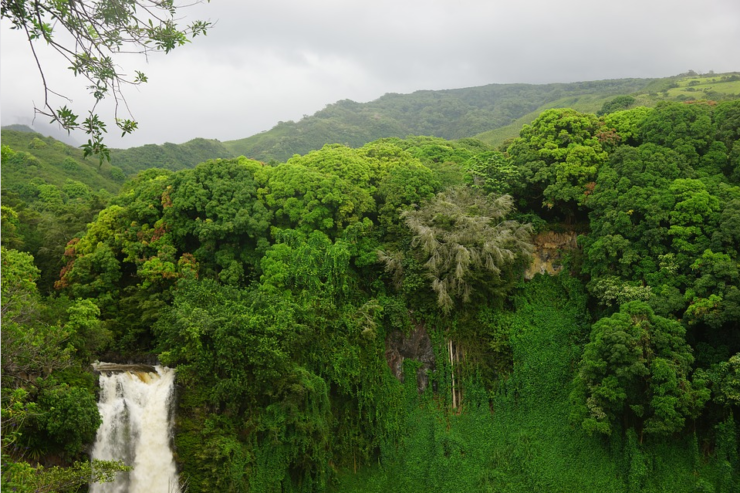
When planning events in Hawaii, here are some examples of sustainable event management practices that planners can take advantage of and, in the spirit of “reuse and recycle,” can repurpose the ideas for other environments.
Raise Awareness
Yes, many people come to Hawaii for fun in the sun, but incorporating ways to educate groups about their surroundings and the small part they can play in keeping it beautiful is an important first step to the overall cause. For example, providing an ocean talk as part of a water activity or enlisting a local naturalist to lead your group hike – highlighting ways to enjoy the trip with minimal impact and to respect the local customs and culture – can enrich a group experience and make them feel more connected to the destination. On inbound flights, Hawaiian Airlines recently featured an in-flight video showcasing the beauty and cultural significance of the ohia tree along with simple tips to help stop the spread of Rapid Ohia Death, which is decimating this native Hawaiian species.
Source Engaged Vendors
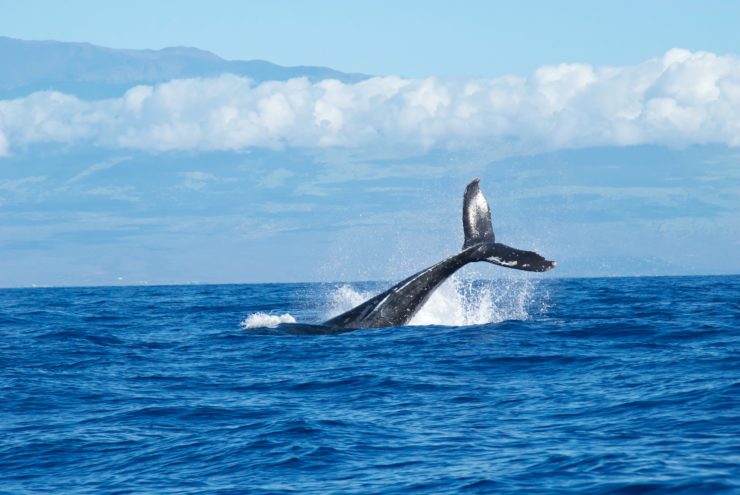
The Hawaii Ecotourism Association provides a list of certified sustainable tour operators so planners can ensure their group’s experience is culturally and environmentally respectful. Since dining is a large part of any group program, planners can reference a list of ocean-friendly restaurants throughout Hawaii, published by the Surfrider Foundation. Restaurants on the list must be committed to reducing plastic waste and implementing ocean-friendly practices.
Even Out Demand
Although Hawaii enjoys great weather year-round, certain periods such as late April to early June and late September through November are less traveled. It’s a great idea for planners to book incentive or group travel in the low season, not only to take advantage of the best rates but to avoid overcrowding popular attractions. The goal is to spread out demand and lower the impact/burden during the peak periods.
Play with It!
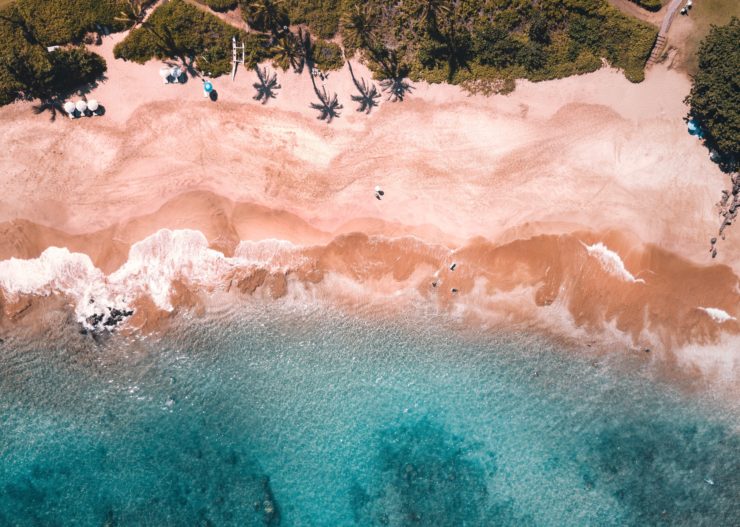
Incorporate the message of sustainability into the event program with a fun community service activity. Hawaii’s beaches are world-renowned and the ocean plays a vital role in Hawaii’s culture. However, plastics are a huge problem for marine life and the Great Pacific Garbage Patch (largest accumulation of marine debris in the world located halfway between Hawaii and California) continues to grow at an alarming rate. On Maui, organizations such as Sustainable Coastlines Hawaii can help organize a fun beach clean-up/team building activity for the group. Once attendees see the results of their efforts, it may inspire them to think differently about their own plastic use.
Watch the Waste
Millions of tourists create millions of pounds of trash and group events are no exception. The Maui Huliau Foundation offers a wonderful program that works with event organizers to help create a zero-waste plan for their event and provides manned waste stations designed to separate recycling, food waste and compostable items from landfill trash. Their goal is to help divert up to 80% of waste per event from ending up in Maui’s landfill, to be recycled and composted instead.
Limit
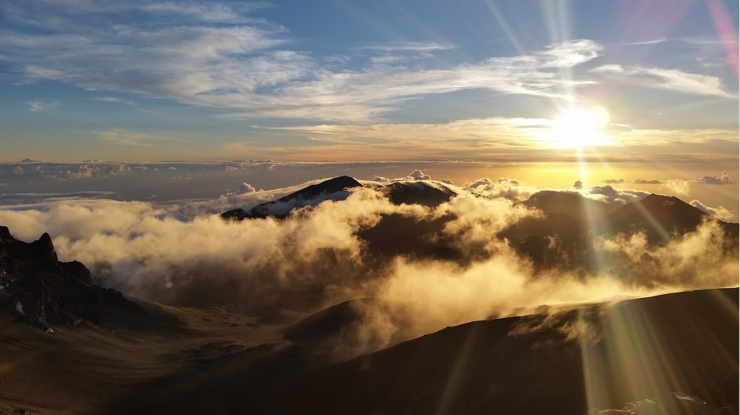
Haleakala National Park, Maui’s highest peak, is one of the most spectacular and highly visited attractions on the island. The famous sunrise views were drawing thousands of visitors per day, all vying for the same limited parking spots, creating traffic and becoming hazardous to the park’s unique habitat. In 2017, the National Park implemented a reservations-only policy for sunrise viewing between 3:00 a.m. and 7:00 a.m., limited to 150 vehicles per morning. Planners can book guided tours knowing these limits create a more enjoyable experience for all. Hint: if you miss out, other times of the day are also magical at the summit!
Legislation
Hawaii has already passed legislation to prohibit the distribution of sunscreens containing the chemicals oxybenzone and octinoxate known to be harmful to marine life. Legislation prohibiting the statewide sale of Styrofoam food containers and other plastics is also in process. In addition, the state has implemented the Aloha+ Challenge for both the private and public sector that measures benchmarks and tracks Hawaii’s progress toward achieving the global Sustainable Development Goals (SDGs) set by the United Nations. All of these initiatives affect planners and group travel to Hawaii directly, especially in planning outdoor activities and events.
Of course, Hawaii is not alone in its endeavors. Overcrowding at some of the world’s most famous sites such as Mount Everest, Machu Picchu, Peru and Venice, Italy, etc. continue to make headlines and challenge the global community to find a better approach to tourism. I am hopeful that Hawaii will continue to make progress as a leader in sustainable practices and event planners will continue to raise the bar in being part of the solution.


